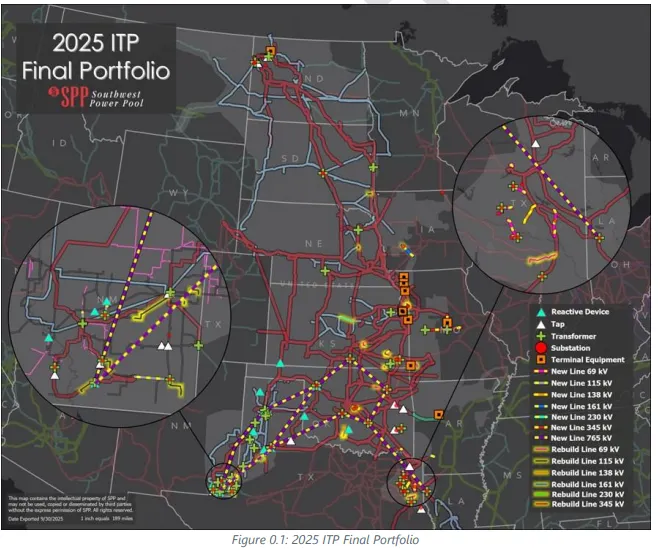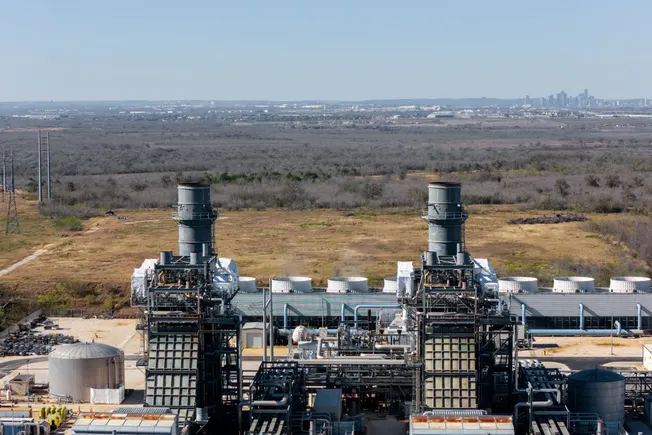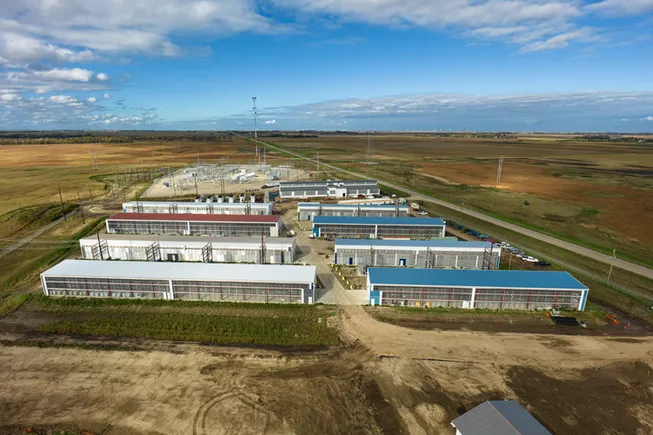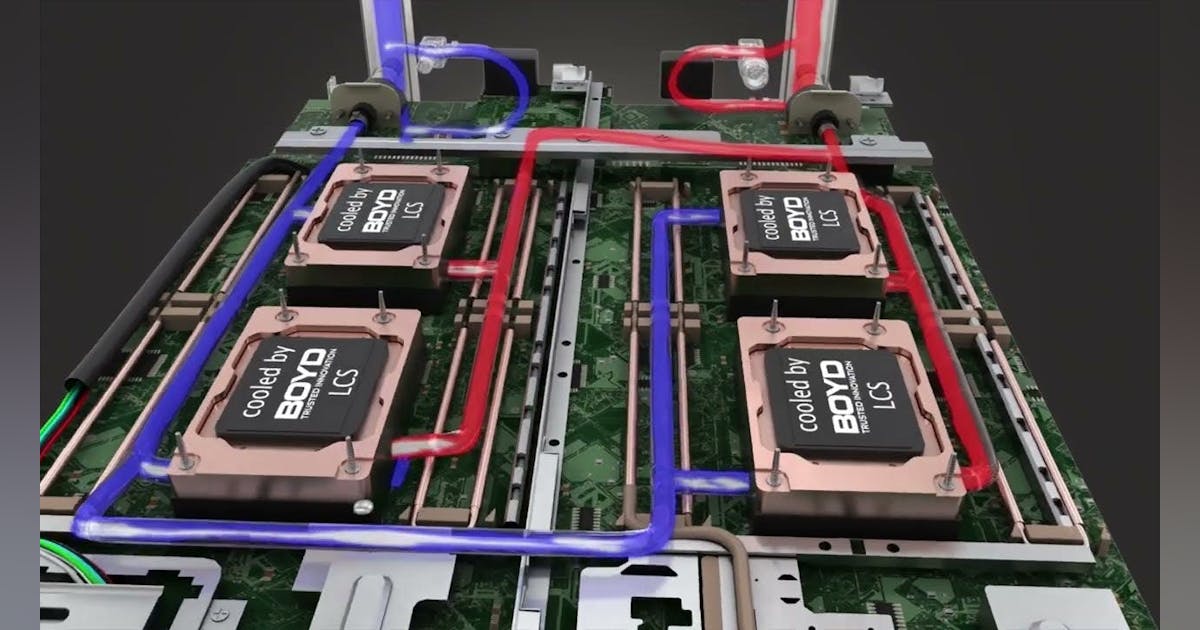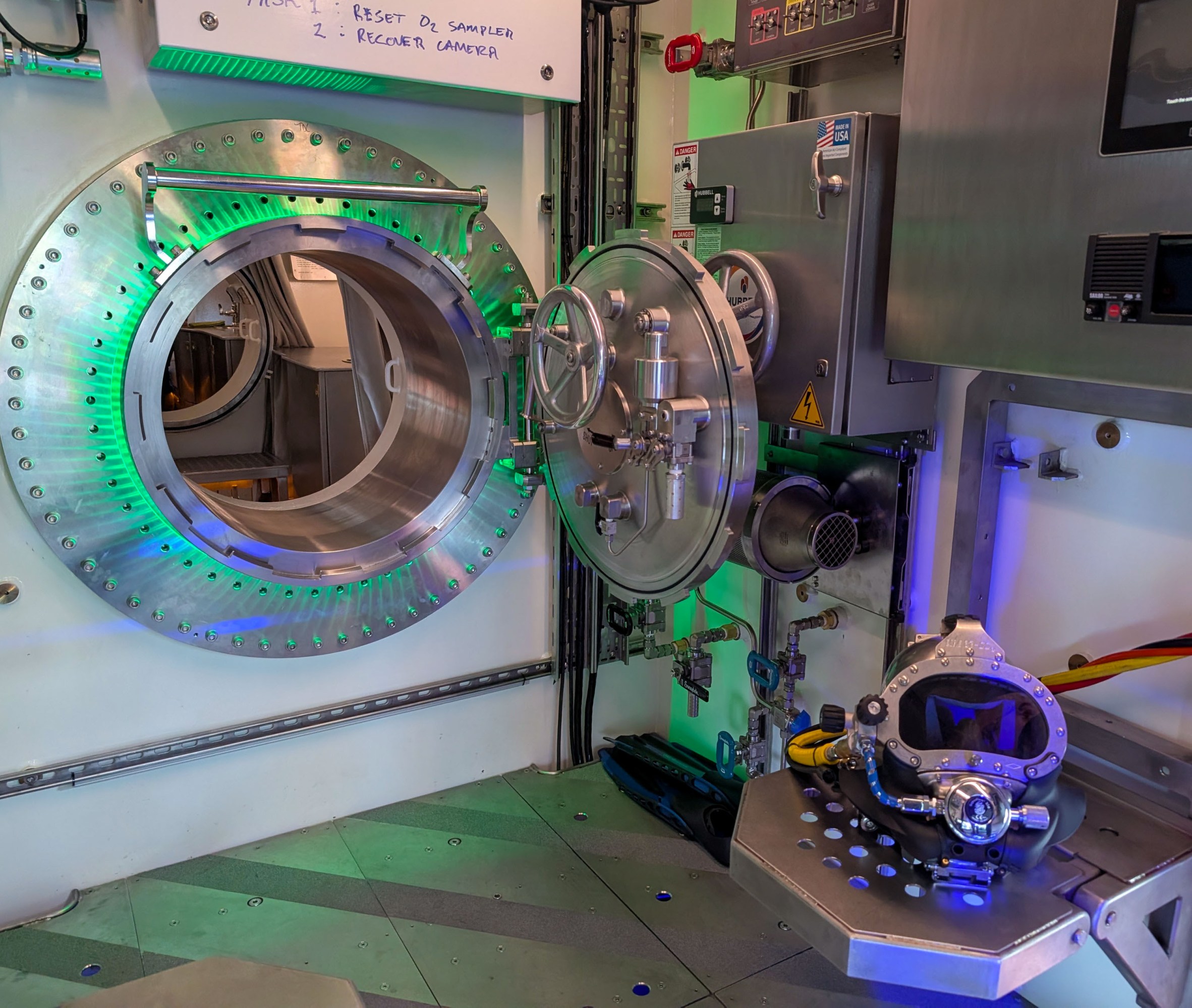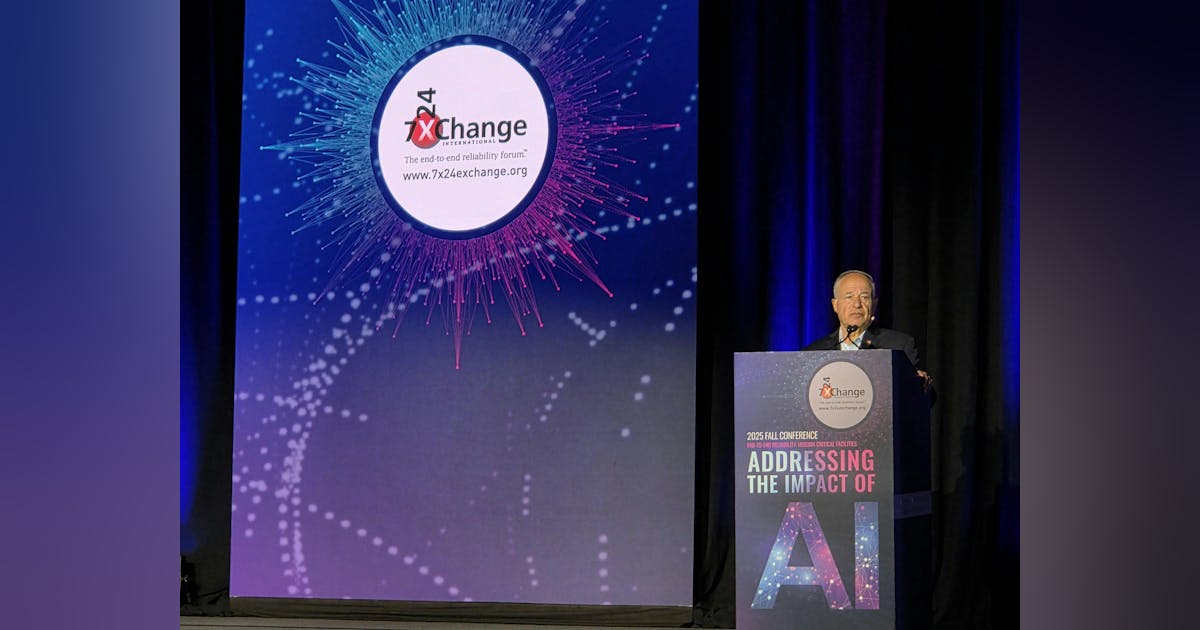
SMRs and the AI Power Gap: Steve Fairfax Separates Promise from Physics
If NVIDIA’s Sean Young made the case for AI factories, Steve Fairfax offered a sobering counterweight: even the smartest factories can’t run without power—and not just any power, but constant, high-availability, clean generation at a scale utilities are increasingly struggling to deliver.
In his keynote “Small Modular Reactors for Data Centers,” Fairfax, president of Oresme and one of the data center industry’s most seasoned voices on reliability, walked through the long arc from nuclear fusion research to today’s resurgent interest in fission at modular scale. His presentation blended nuclear engineering history with pragmatic counsel for AI-era infrastructure leaders: SMRs are promising, but their road to reality is paved with physics, fuel, and policy—not PowerPoint.
From Fusion Research to Data Center Reliability
Fairfax began with his own story—a career that bridges nuclear reliability and data center engineering. As a young physicist and electrical engineer at MIT, he helped build the Alcator C-MOD fusion reactor, a 400-megawatt research facility that heated plasma to 100 million degrees with 3 million amps of current. The magnet system alone drew 265,000 amps at 1,400 volts, producing forces measured in millions of pounds. It was an extreme experiment in controlled power, and one that shaped his later philosophy: design for failure, test for truth, and assume nothing lasts forever.
When the U.S. cooled on fusion power in the 1990s, Fairfax applied nuclear reliability methods to data center systems—quantifying uptime and redundancy with the same math used for reactor safety. By 1994, he was consulting for hyperscale pioneers still calling 10 MW “monstrous.” Today’s 400 MW campuses, he noted, are beginning to look a lot more like reactors in their energy intensity—and increasingly, in their regulatory scrutiny.
Defining the Small Modular Reactor
Fairfax defined SMRs as 30–300 MW reactors, built in factories, shipped to site, and deployed in “packs” that share controls and fuel logistics. They promise affordable growth and repeatable quality—and they can theoretically scale with the digital load curve.
Globally, roughly 200 SMR designs are active, he said, with the U.S. the most engaged. But despite years of investment, no NRC combined construction-and-operating licenses have been granted for SMRs to date. Most current construction activity is non-nuclear—switchyards, turbine halls, or balance-of-plant work. Budgets have crept upward, eroding early cost optimism.
The picture isn’t all bleak. Multiple executive orders are pushing agencies to fast-track test reactors and new licensing frameworks. The ADVANCE Act aims to streamline microreactor permits, and private operators like Google and Kairos Power have announced plans for colocated reactors by 2035. Yet as Fairfax noted, “ambition is not the same as authorization.”
From Early Reactors to Regulatory Reboots
Tracing the lineage, Fairfax reminded attendees that early commercial U.S. reactors—Dresden Unit 1 at 192 MW, Yankee Rowe at 185 MW—would technically qualify as SMRs today. Each ran for decades, but both shut down for economic reasons, not technical failure, after safety rules tightened in the post–Three Mile Island era.
The 1990s brought new NRC rules allowing for advanced, passively safe designs, and the 2000s saw the rise of NuScale, spun out of Oregon State University with DOE backing. After beginning its NRC process in 2008, NuScale achieved design certification in 2023—15 years later—only to see its first project canceled over cost escalation. It immediately reapplied for a 77-MW version, seeking scale economies.
Fairfax placed this history in context: “We’ve been here before. We’ve built small, we’ve built safe, but we’ve never built cheap.”
Fuel, Enrichment, and the HALEU Bottleneck
Nuclear’s power density remains unmatched—100,000 to 5 million times greater than fossil fuels. But fuel logistics are the weak link in the SMR value chain. Most current reactors use 3–5% enriched uranium; many SMR concepts rely on HALEU (10–20%), allowing smaller cores and longer cycles.
The catch? The U.S. has only one commercial enrichment facility producing about one-third of domestic fuel needs—and it’s foreign-owned. A startup, Centrus Energy, operates a pilot plant producing 10–20 tons per year of HALEU—barely enough for a single modest fleet. Meanwhile, 27% of 2023’s enriched uranium came from Russia, with exemptions carved out of sanctions.
That dependence, Fairfax warned, is a strategic and political vulnerability that could “derail the SMR story before it leaves the station.”
Executive Orders and the Return of Nuclear Industrial Policy
Fairfax dissected recent presidential executive orders seeking to “reform” the NRC, fund DOE reactor construction, and restart domestic fuel recycling. The directives target everything from reducing NRC staffing to accelerating licensing, to building 10 new gigawatt-class reactors by 2030.
He acknowledged the urgency but cautioned against “policy whiplash.” The NRC was founded in 1974 to separate promotion from regulation, ensuring public safety remained its sole mission. Reintroducing a dual mandate to promote nuclear energy risks undermining credibility—and triggering lawsuits that slow progress further.
The fourth order, notably, calls for advanced reactors to power AI data centers at DOE sites, allocating a mere 20 tons of HALEU to seed the effort. “That’s a rounding error in annual need,” Fairfax said, underscoring the scale gap between aspiration and material reality.
SMRs and Data Centers: Fit or Fantasy?
The prospect of colocating data centers with SMRs is compelling: 24/7 baseload power, on-site reliability, and a decarbonization narrative investors love. But Fairfax’s engineering math told a harder truth:
- Safety: SMRs aim for core-damage frequencies of 1 in 1–100 million reactor-years. Even so, a fleet of 1,000 SMRs operating for a decade equates to a 1% aggregate chance of core damage. Public perception, amplified by social media, would magnify even a minor incident.
- Reliability: U.S. reactors achieve ~90% capacity factors, but only under specialized operators. “Running a reactor is not a data center company’s side hustle,” he quipped.
- Economics: High CAPEX and long lead times mean nuclear favors steady, full-load operation—the opposite of AI’s spiky, ramping demand curves.
- Grid Integration: FERC has rejected attempts to circumvent utility regulation through direct PPAs with nuclear plants. NRC mandates off-site power redundancy, preventing fully behind-the-meter operation.
For AI workloads swinging tens or hundreds of megawatts in milliseconds, SMRs are simply too inertial. Fairfax suggested hybrid architectures—pairing nuclear baseload with gas turbines, battery storage, or synthetic fuels—to handle ramping without violating reactor stability or licensing.
Manufacturing Reality: Factories Need Orders
Fairfax emphasized that the “M” in SMR—modular—implies factory production. Building one-off units misses the economic point. To drive costs down, the industry needs a Boeing-style order pipeline spanning 4–5 years, complete with deposits and guaranteed offtake. “Right now,” he said, “no one’s order book looks like that.”
The Russian Benchmark—and the Global Gap
He pointed to Russia’s working SMRs as proof of concept: 55-MW floating units serving Arctic towns and icebreakers, operating between 20–100% load with 6% per minute ramp rates, six-year refueling intervals, and a 60-year design life. The difference, he said, is context: those SMRs serve isolated, captive loads—not open markets with AI volatility and public scrutiny.
Cautious Optimism, Rational Patience
Audience Q&A underscored the mood: cautious optimism, tempered by realism. SMRs might eventually replace aging large reactors or serve remote or defense applications before they meaningfully reach commercial data centers. Fairfax predicted decades of development, with “successes and failures, accidents and lawsuits” along the way—just like every other chapter in nuclear history.
Still, he left the door open for incremental collaboration: nuclear engineers, hyperscale planners, and MEP contractors learning each other’s languages now, to shorten the curve later.
“If you want nuclear to power AI,” he concluded, “treat it like the most unforgiving service-level objective you’ll ever design. Engineer it, staff it, and license it like lives depend on it—because they do.”
For an industry staring down multi-gigawatt power queues, Fairfax’s message landed as both caution and call to maturity. AI may demand revolutionary energy, but delivering it will still take generational patience.






